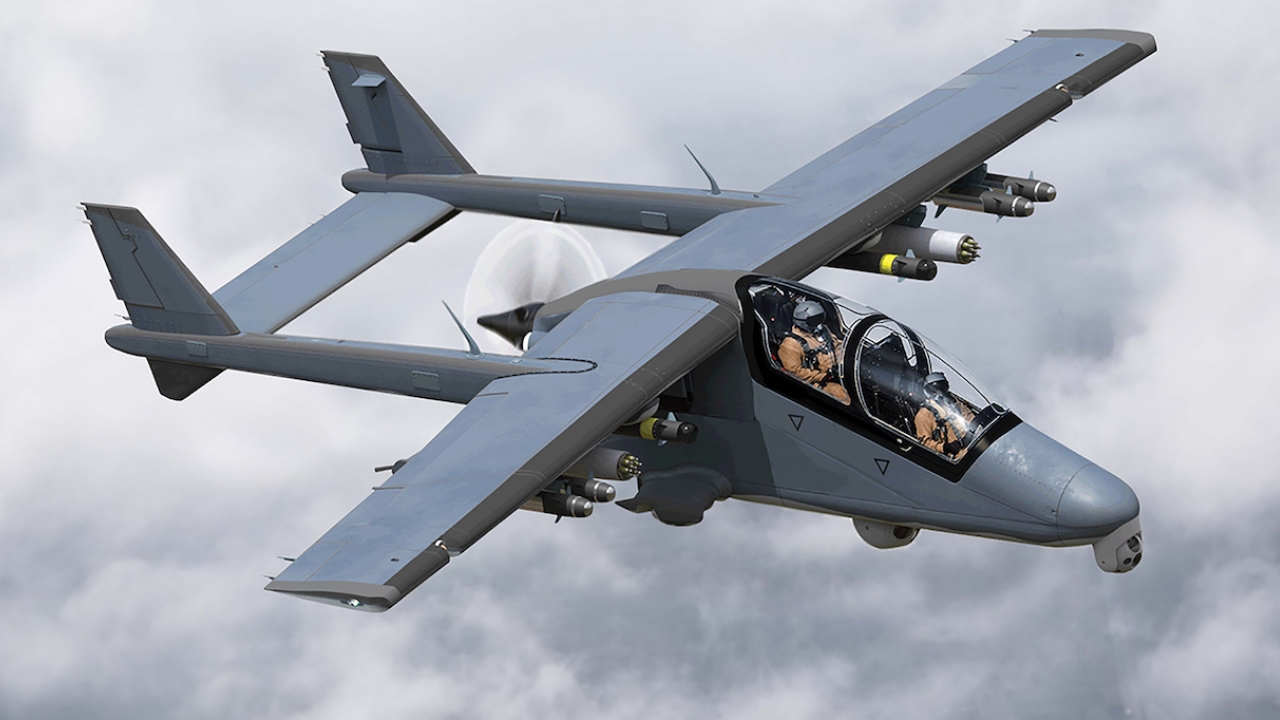Equatorial Guinea continues air force expansion
The air force branch of the Equatorial Guinea Guardia Nacional (National Guard) has continued its expansion, writes Jon Lake.

A government-owned but CEIBA Cargo-operated Ilyushin Il-76TD freighter has been transferred to the air force to replace a similar aircraft that was withdrawn in 2013. Equatorial Guinea also received two new Mil Mi-172 helicopters from Kazan Helicopters in November 2018.
The Mi-172 is a civil-certificated passenger version of the Klimov TV3-117MT-powered Mi-8MT/Mi-17 ‘Hip-H’ manufactured in the Kazan plant.
One of the two aircraft delivered to Equatorial Guinea was in ‘salon’ or VIP configuration, laid out for the carriage of up to 12 passengers. The other was in standard passenger fit, configured to carry up to 26 passengers.
The two Mi-172s were delivered directly from Kazan, augmenting a single Sikorsky S-92 and an AgustaWestland AW139 that are used by the government. One of the aircraft may be for use by the Guardia Nacional, and there are reports that the S-92 is a dual-use air force/government asset.
The air force has expanded rapidly over the last few years, gaining a combat element equipped with four Sukhoi Su-25 ‘Frogfoot’ attack aircraft and two Czech-built Aero L-39 Albatros jet trainers, which also have a light attack capability.
These augment between two and seven Mi-24/35 ‘Hind’ attack helicopters, which wear the same Leopard’s head unit badge as the fast jets, and which were also delivered from surplus Ukrainian stocks.
A heavy-lift Mil Mi-26 helicopter was delivered in 2011.
The air force is principally based at an airfield near the capital city of Malabo on the island of Bioko, though there is also an attack helicopter detachment at Bata.
Equatorial Guinea ordered a pair of Airbus Defence & Space C295s in January 2016, and expected to take delivery of the first, configured for troop transport, in September 2016. The second aircraft – a maritime patrol variant intended for maritime surveillance missions over the nation’s economic exclusive zone (EEZ) – was expected to follow in 2017. Neither has been delivered.
Stay up to date
Subscribe to the free Times Aerospace newsletter and receive the latest content every week. We'll never share your email address.

